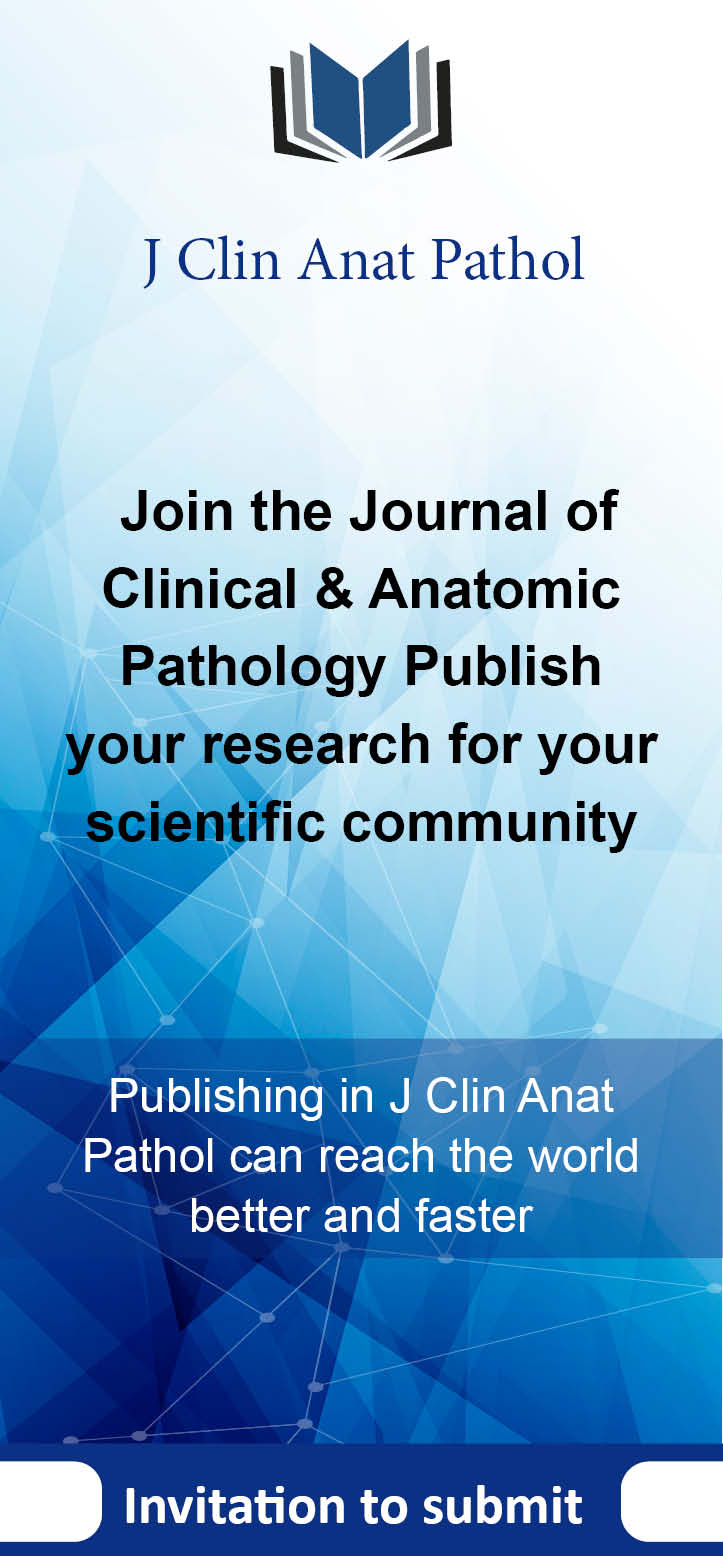The accelerating integration of automation and artificial intelligence (AI) into clinical pathology underscores the urgent need for a comprehensive review of their transformative impact. While traditional diagnostic methods have long served as the backbone of pathology, emerging digital tools are redefining accuracy, efficiency, and scalability in unprecedented ways. However, despite rapid technological strides, there remains a knowledge gap regarding practical implementation, validation, and standardization of AI-assisted diagnostics. Therefore, this review consolidates current advancements, evaluates practical applications, and highlights the remaining challenges that demand collective attention. This review discusses the evolution of digital pathology and its synergy with AI technologies in improving diagnostic workflows. It examines how AI-driven algorithms support tissue image segmentation, tumor classification, and biomarker quantification with enhanced precision. Applications in subspecialties such as nephropathology, gastrointestinal pathology, and neuroimaging are analyzed to illustrate the breadth of AI’s utility. The role of automation and robotics in laboratory settings is explored, emphasizing improvements in high-throughput testing, error reduction, and remote diagnostics. Case studies including PathChat, TriPath, and Whole-Slide Image (WSI) based systems demonstrate real-world validation of AI’s diagnostic and prognostic capabilities. The review also critically addresses the limitations of current AI tools, such as algorithmic bias, data integrity, and challenges in clinical workflow integration. Furthermore, ethical, regulatory, and infrastructural considerations are discussed to provide a balanced perspective on the readiness of AI for routine clinical practice. Looking ahead, the review outlines how integration with multi-omics data and explainable AI frameworks could propel the field towards truly personalized medicine. It emphasizes the need for interdisciplinary collaboration, large-scale validation, and robust regulatory guidelines to ensure safe and equitable adoption. By addressing these prospects and challenges, the review aims to guide future innovations that will cement AI and automation as indispensable allies to human expertise in clinical pathology.

